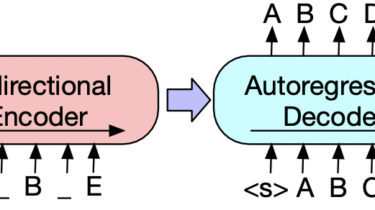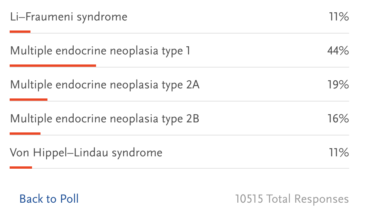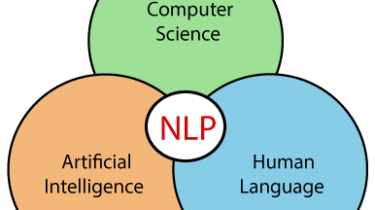Abstractive text summarization with transformer-based models
Text summarization is a text generation task, which generates a concise and precise summary of input texts. There are two kinds of summarization tasks in Natural Language Processing, one is the extractive approach, which is to identify the most important sentences or phrases in the original text and combine them to make a summary. The more advanced approach is the abstractive approach, which generates new phrases and sentences to represent the information from the input text.
Read more







